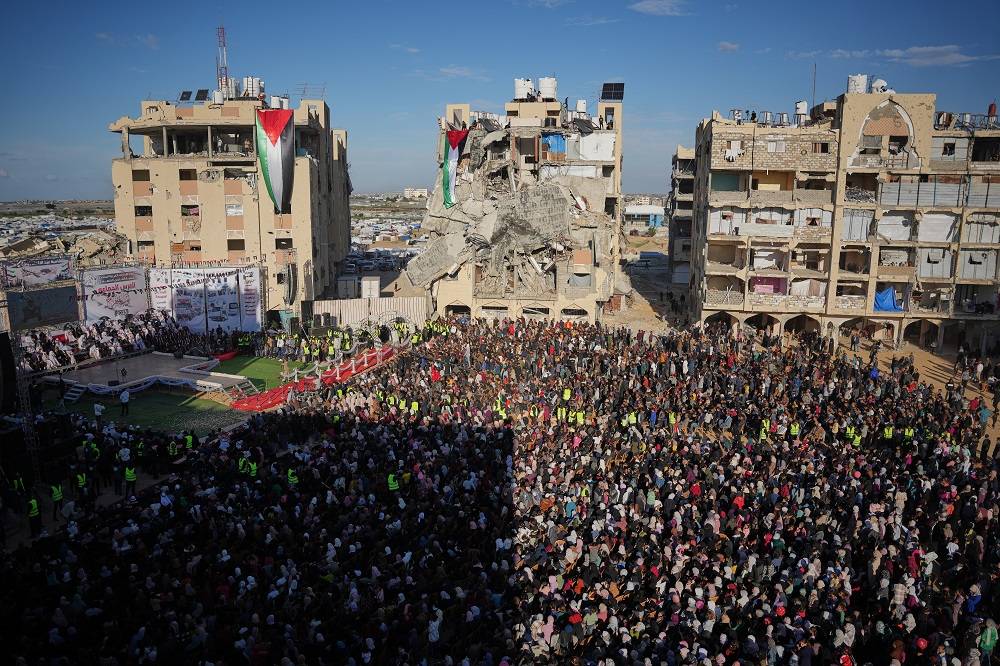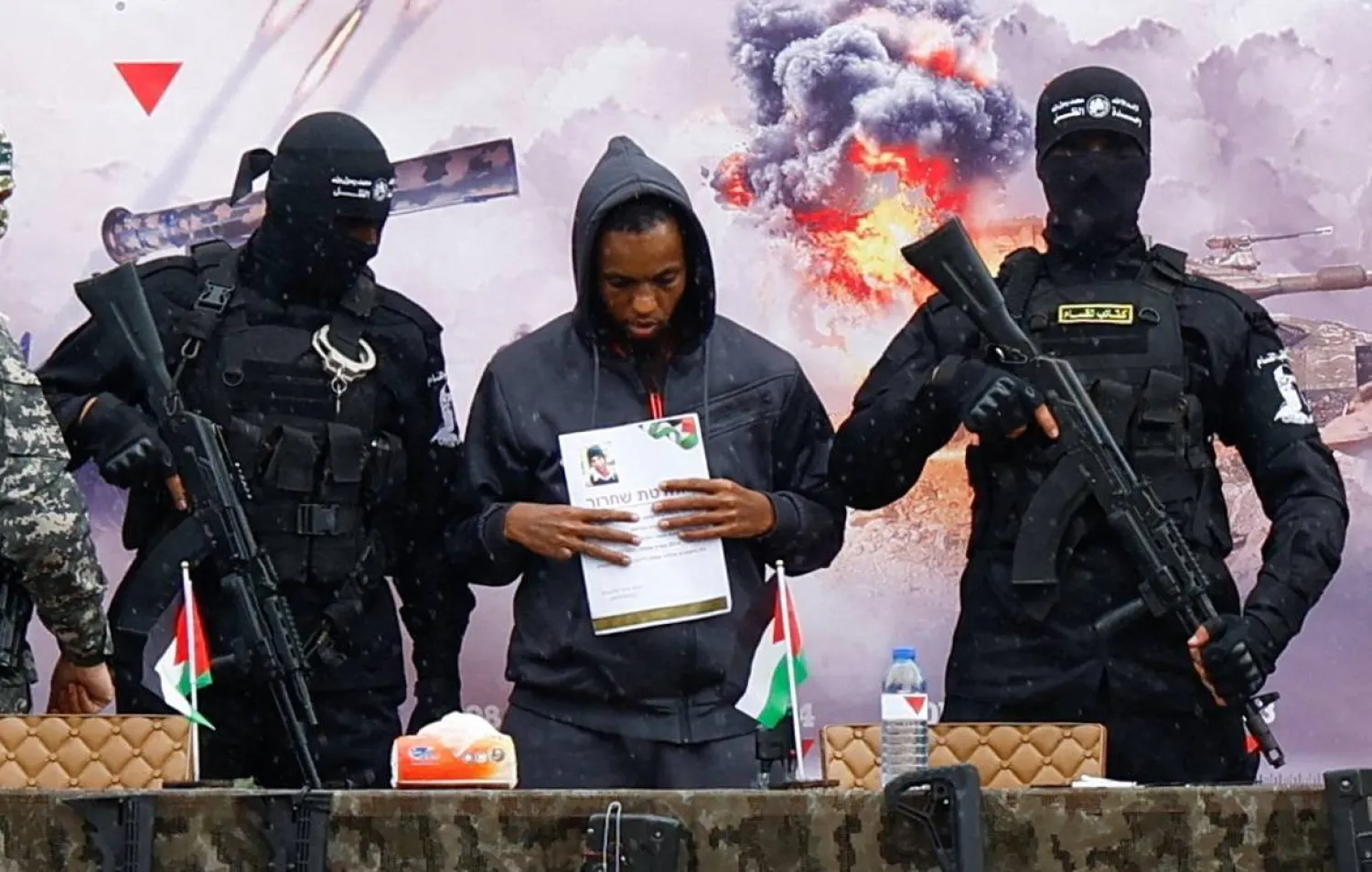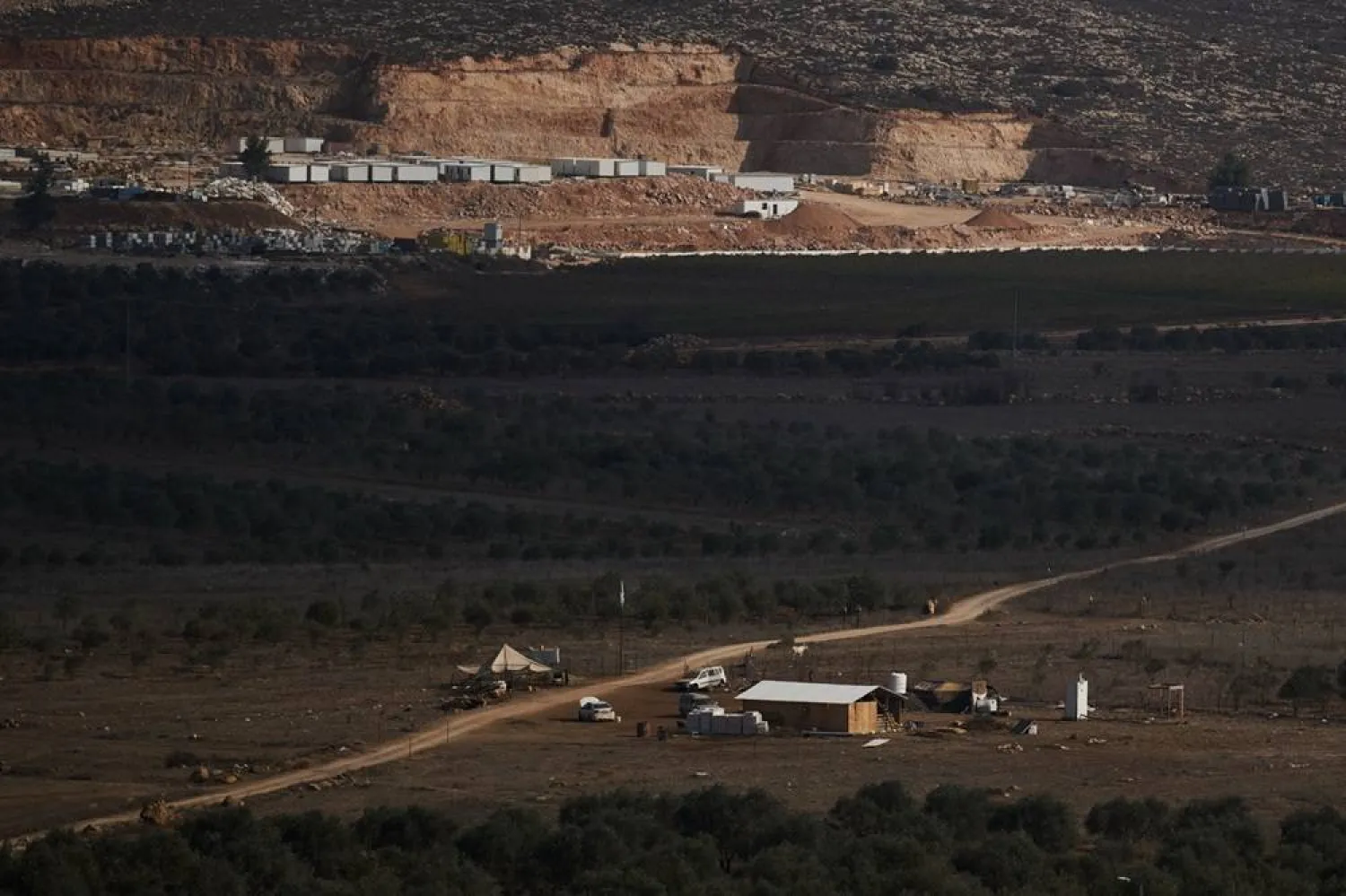At the start of the war in Gaza, Israelis were angered by Turkish President Recep Tayyip Erdogan. He not only compared Israel’s military action to Nazi crimes but also called for an economic boycott of Israel.
In response, Israeli Foreign Minister Yisrael Katz announced a counter-boycott, and Finance Minister Bezalel Smotrich imposed a 100% tariff on imports from Türkiye.
Direct flights between the two countries, which had reached 40 a day during peak tourist season, were also canceled.
The trade target set by both countries to increase commerce from $9 billion in 2022 to $10 billion in 2023 fell short, dropping to $7.5 billion. Of this, $5.3 billion was Turkish imports, with the remainder being Israeli exports.
Türkiye supplied Israel with key materials, including 22% of its construction goods and 9% of its agricultural products. This left Israel’s construction sector facing a major crisis, and the agricultural sector under pressure, as Israel also relied on produce from Gaza.
The effects were felt quickly, with fruit and vegetable prices soaring, pushing inflation higher. This added to the broader economic losses Israel faced due to the war.
On his part, Smotrich confirmed that the war would cost Israel up to 250 billion shekels (around $67 billion) by 2025, echoing earlier warnings from Bank of Israel Governor Amir Yaron.
The Israeli finance minister also warned against unchecked military spending, confirming that Tel Aviv was fighting the longest and most expensive war in Israel’s history, with direct costs of 200 to 250 billion shekels (the dollar is currently 3.7 shekels).
Before the war, Israel imported about 1,200 tons of tomatoes per week from Türkiye, accounting for 30% of its consumption. When these imports stopped, a crisis emerged, as Israel’s domestic tomato production—centered in western Negev near Gaza—was disrupted by the conflict.
Israel initially imported 500 tons of tomatoes from Jordan, but it wasn’t enough to meet demand, and no other alternatives were available. As fruit and vegetable prices soared, frustrating the public, a solution quietly came from Türkiye.
After long government discussions, accusations against Erdogan were dropped, and Israel decided not to enforce a boycott. The reason became clear: tomatoes. Behind the scenes, Israel received nearly 700 tons of Turkish tomatoes in just one week, along with other goods, helping ease the crisis.
In short, both Israel and Türkiye agreed on a way to bypass the boycott. Traders in both countries, with government approval, handled the process. To avoid breaking laws or defying top officials, the goods are labeled as bound for Palestine and registered under Palestinian traders from the West Bank, who earn a hefty commission.
Typically, goods for the Palestinian Authority pass through Israeli ports. After clearing customs, Palestinian agents receive the goods and hand them over to Israeli traders. As the system became routine, Palestinian traders no longer needed to show up, and Israeli agents took over, sending the commission directly to the Palestinians.
This week, it was revealed that an August 26 order from the Ministry of Agriculture allowed Turkish tomatoes to be imported despite the ban, using a third country as a cover, as long as the route was clearly documented.
The question is: Is Türkiye’s approach unique, or are other countries also announcing boycotts but finding ways to keep ties with Israel?
Dr. Moshe Ben-David, a 72-year-old historian and former Israeli intelligence officer, argues that boycotts are ineffective today.
Ben-David, a close ally of Prime Minister Benjamin Netanyahu, believes Israel’s war costs are heavy but manageable.
Speaking in Tel Aviv, he noted that estimates from the Bank of Israel and the Finance Ministry put the total cost of the war between 2023 and 2025 at 250 billion shekels. This includes direct costs like aircraft, ammunition, fuel, food, reservist pay, and evacuations, as well as indirect costs such as tourism losses and compensation for damaged properties.
Despite this, Israel has $200 billion in reserves, and Ben-David pointed out that stockpiles of essential goods have recovered since the war began.
Israel’s GDP, now around $400 billion, is almost back to pre-war levels. Daily credit card spending, which makes up 50% of GDP, has risen by 25%, showing strong consumer confidence.
The annual yield on government bonds has also increased to 5%, slightly higher than during the COVID-19 peak, but has since stabilized.










